It's FINALLY blooming!
ssuarkc
11 years ago
Related Stories

GARDENING GUIDESTop 12 Summer-Blooming Perennials for Deer-Resistant Drama
Can you have garden color, fragrance and exciting foliage with hungry deer afoot? These beauties say yes
Full Story
GARDENING GUIDESGreat Design Plant: Amelanchier Signals Spring With Airy White Blooms
With roughly 20 species of serviceberry native to the U.S., bees can feed on the early-season blooms while birds enjoy the summer berries
Full Story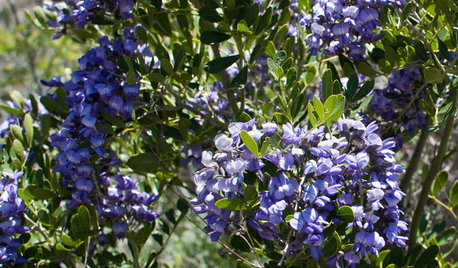
TREES6 Unsung Spring-Blooming Trees
Billowy blooms and rare fragrances will make you wonder how these flowering trees could ever have been underused in landscapes
Full Story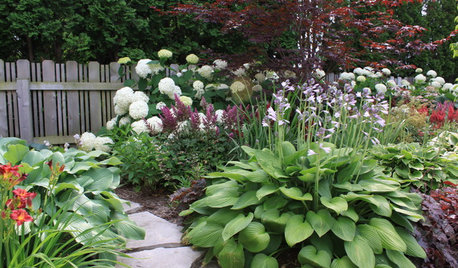
MOST POPULARSpring Gardens Are Blooming — Here’s What to Do in April
Get the guide you need for gardening in your U.S. region, with tasks, climate-appropriate plantings and more
Full Story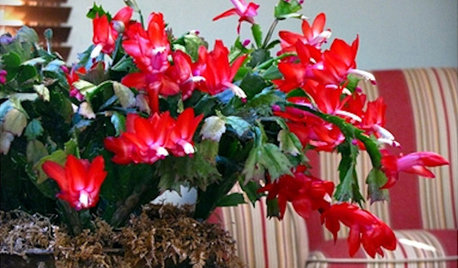
HOUSEPLANTSGreat Houseplant: Holiday-Blooming Cactus
You may know it as Christmas cactus, but whichever holiday floats your boat, this plant is a year-round beauty
Full Story
LIFE9 Simple Ways to Savor Summer’s Final Days
Go ahead, ignore the calendar. Stretch out that easygoing, warm-weather feeling with these ideas for indoors and out
Full Story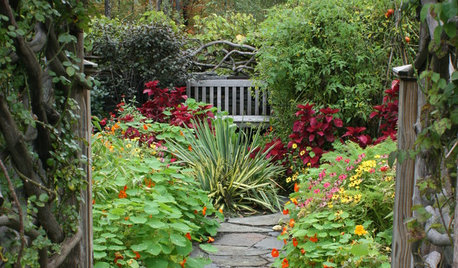
GARDENING AND LANDSCAPING11 Garden Retreats for the Creatively Inclined
Finally finish that novel, opera or oil painting you’ve been working on by drawing inspiration from these peaceful retreats
Full Story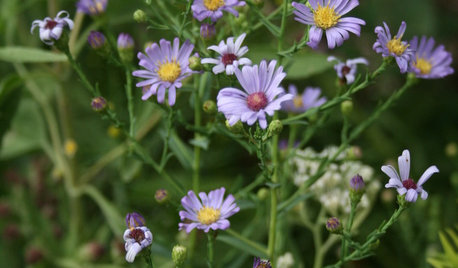
NATIVE PLANTSAutumn Joy: How to Get 3 Months of Fall Flowers
Enjoy blooms from September to November by mixing 6 asters native to different areas of the U.S.
Full Story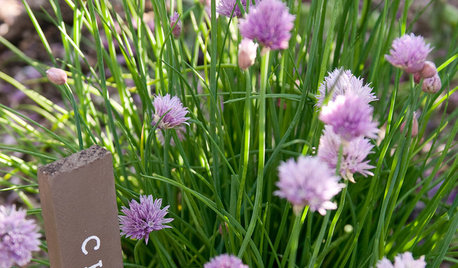
GARDENING GUIDESSimple Pleasures: Savor the First Spring Day in the Garden
How will you answer the call of the garden once the birds are chirping, the bulbs are blooming and the air is inviting?
Full Story
WINTER GARDENINGPruning Secrets for Exquisite Roses
Encourage gorgeous blooms year after year with this time-tested advice on how to prune your rosebush in winter for health and shape
Full StorySponsored
Industry Leading Interior Designers & Decorators in Franklin County
More Discussions






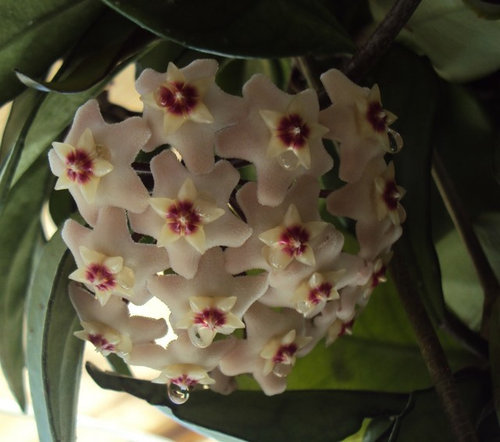
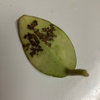
plantomaniac08
emt23
Related Professionals
Baltimore Landscape Architects & Landscape Designers · Camas Landscape Architects & Landscape Designers · East Rancho Dominguez Landscape Architects & Landscape Designers · Manchester Landscape Contractors · Coram Landscape Contractors · Elkridge Landscape Contractors · Kerman Landscape Contractors · Lynchburg Landscape Contractors · Royal Oak Landscape Contractors · Tinton Falls Landscape Contractors · Wailuku Landscape Contractors · Wheat Ridge Landscape Contractors · 07920 Landscape Contractors · Canton Driveway Installation & Maintenance · Anaheim Driveway Installation & MaintenancessuarkcOriginal Author
emt23
mdahms1979
emt23
mdahms1979
emt23
mdahms1979
emt23
greedygh0st
mdahms1979
ssuarkcOriginal Author
greedygh0st